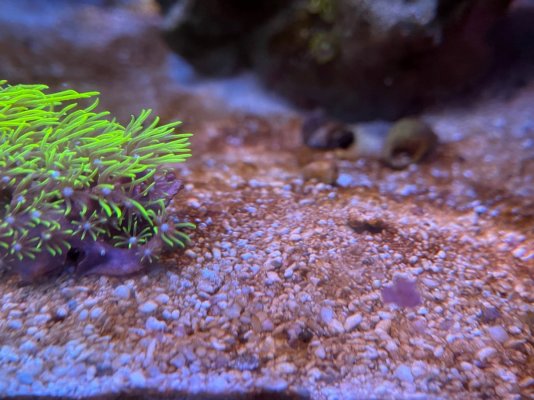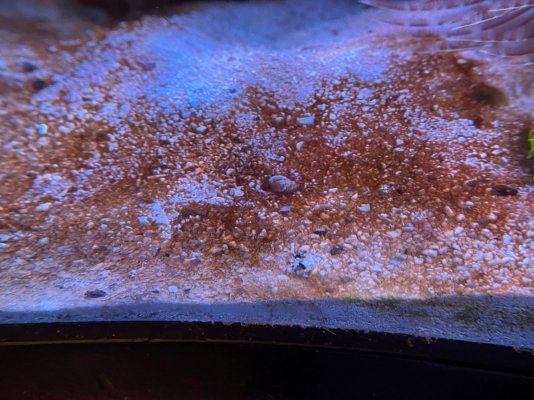So, I've been dealing with brown on my sand and after water change after water change, and even a black-out resulting in no improvement. I ordered a water teat at the suggestion of another reefer. What I gather is there are a couple of issues from the results, and it is silicon and aluminum; however it's not coming from the RO/DI source, so it must be something in my tank right? Could someone please look at these, verify my beliefs, and help with a source. The sand is carib-sea and most of the rock was dead rock, and a few of the man-made rocks(carib-sea too) which has now been in the tank for two years. All other water parameters have been checked and are in range for a reef tank and none of my corals show any issues(LPS,SPS,Zoas, Softies)
RO/DI 1st 3 results
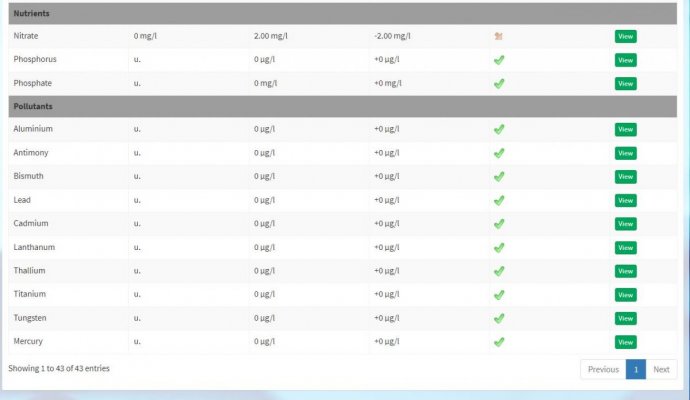

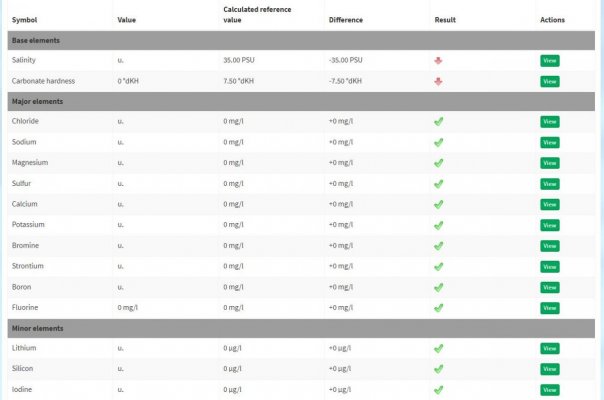
Tank water results last 3 pics
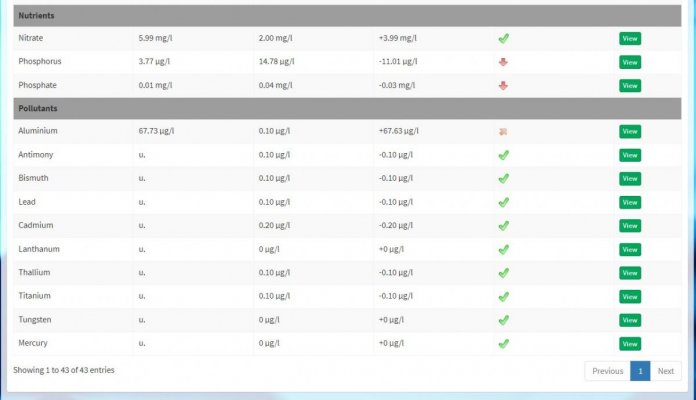
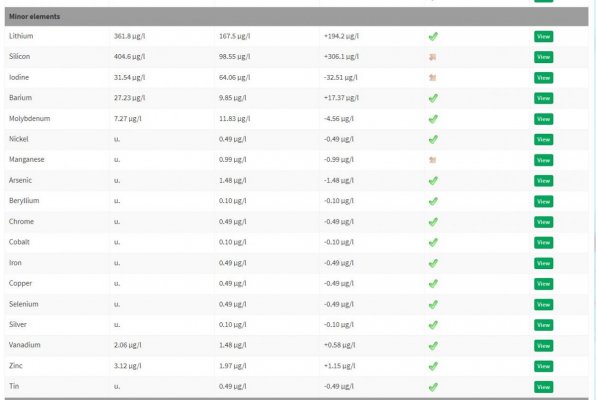
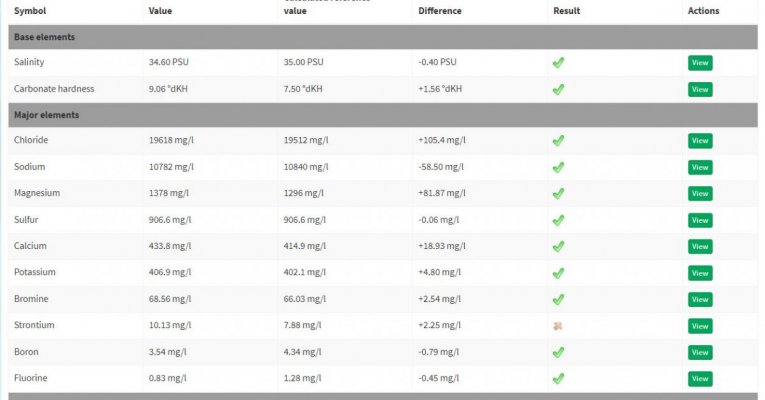
RO/DI 1st 3 results



Tank water results last 3 pics









